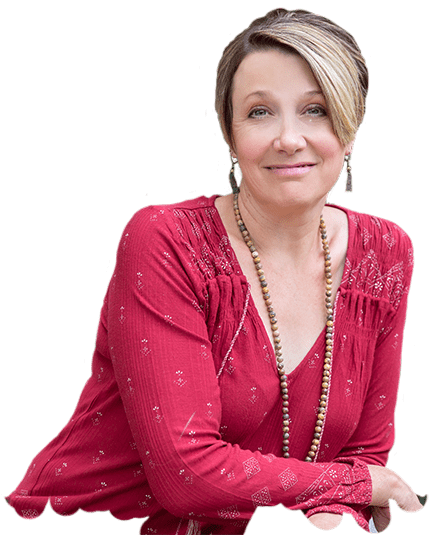Early Intervention is the Key
When a child is diagnosed with mild scoliosis, the recommendation is all too often to “wait and watch” Or “wait and see.” In my opinion this is unfortunate, not only because by the next imaging the curve has often worsened, sometimes to the point of being moderate, but also because it is while the curve is minimal and the body still growing that we can affect the most change.
 |
| Scoliometer Measuring the Degree of Curve |
My own experience with this is through my son. As a young teen, we could see that his posture was off, with one shoulder beginning to lift higher than the other. It was suggested that it was hereditary as his father had roughly the same build, and to wait and see. So that’s what we did. We believed it was out of our control and just went with it. Years later, my son is left with one shoulder much higher than the other and significant jaw issues. Had I known then what I know now, we could have made a huge difference through a specially designed movement program. Unfortunately, he is beyond the age of making much difference with the curvature itself, but has found the stretching, strengthening and relaxation elements of my program to help with the discomfort he experiences.
While waiting to see, there are other things can affect the progression of the curve, too, such as postural habits, sleeping habits, and sports or activities the child is involved in. So, while we are sitting back, waiting for the next set of x-rays, the child could be unintentionally and unbeknownst to anyone, assisting the progression of the curvature of their spine. This brings to mind a lovely young lady I had the pleasure of working with. By the time she came to see me, her curve was 43 degrees and her family was looking for a last ditch effort before succumbing to surgery. Beyond 30 degrees, not a lot can be done, but we did several sessions anyway. This young lady was a competitive swimmer and was fearful that if her scoliosis continued to progress she would have to quit swimming. What none of us knew at that time was that where recreational swimming is very good for scoliosis, competitive swimming – spending hours practicing and swimming laps – can flatten the thoracic area of the spine. This is now believed to push the curve to progress at a faster rate.
In short, intervening early, learning everything we can about scoliosis (the do’s and don’ts, different kinds of alternative therapies, etc.) from multiple sources, and getting the child into a specialized program can make all the difference in at least stabilizing the curve, if not improving it.

